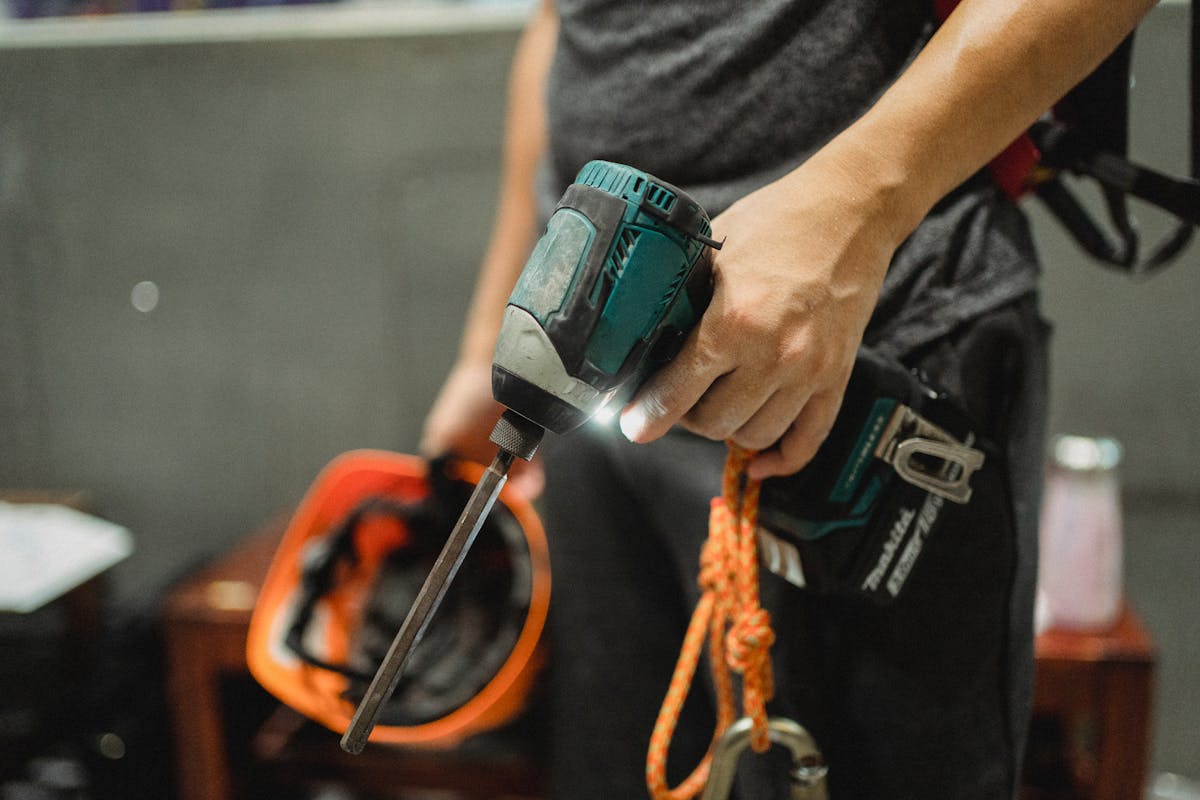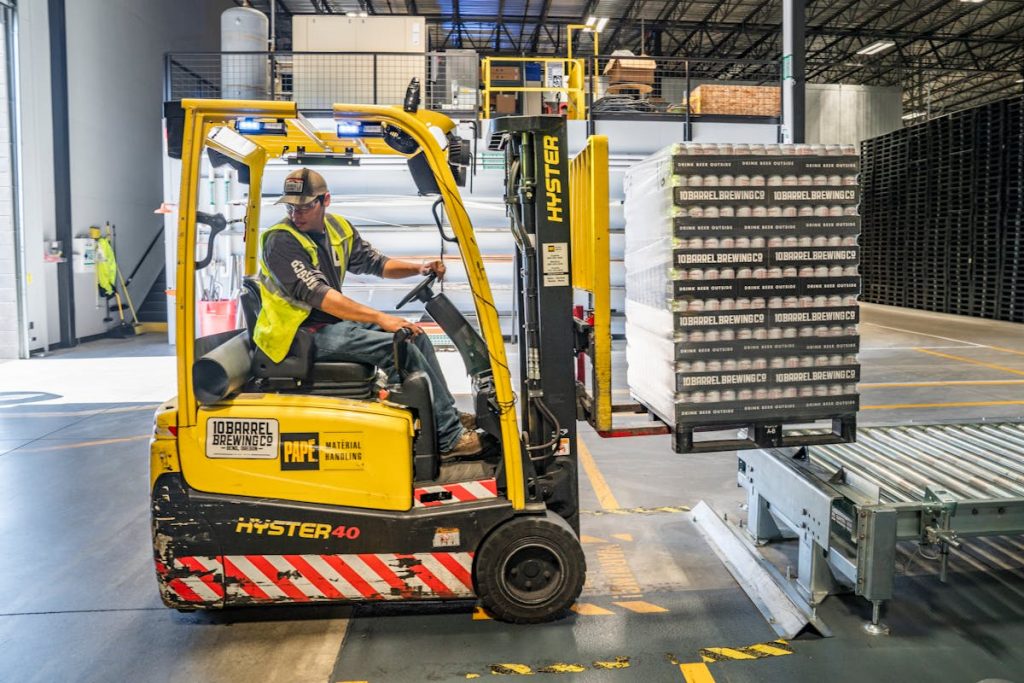- Proper training and certification are essential for forklift operators to ensure safety and competence.
- Clear visibility, achieved through proper lighting and workspace organization, is crucial for accident prevention.
- Caution must be exercised at intersections and blind spots to avoid collisions and injuries.
- Effective communication, including hand signals and traffic rules, enhances safety and efficiency.
- Regular equipment inspections and maintenance prevent mechanical failures and ensure optimal performance.
Operating a forklift in high-traffic environments can be a challenging task that demands utmost attention to safety and efficiency. Whether it’s a bustling warehouse, a busy construction site, or a crowded manufacturing facility, forklift operators must adhere to best practices to minimize accidents and maximize productivity, especially in advanced cities like Hong Kong and Singapore. This article will discuss five essential practices that every forklift operator should follow to navigate safely and effectively in high-traffic environments.
1. Prioritize Proper Training and Certification
Comprehensive Training Programs
Forklift operators must undergo thorough training programs to familiarize themselves with the operation of the equipment, safety protocols, and relevant regulations. These programs should cover topics such as load handling, maneuvering in tight spaces, and recognizing potential hazards. By investing in comprehensive training, operators can develop the skills and knowledge necessary to navigate high-traffic environments safely.
Certification Requirements
Additionally, operators should obtain proper certification to operate a forklift truck legally. Certification programs typically involve both theoretical knowledge assessments and practical evaluations to ensure that operators are competent and capable of handling the equipment in various scenarios. Employers should verify that all forklift operators possess valid certification before allowing them to operate in high-traffic areas.
2. Maintain Clear Visibility

Use Proper Lighting
Maintaining clear visibility is crucial for forklift operators, especially in environments with high foot and vehicle traffic. Proper lighting, both on the forklift itself and in the surrounding area, is essential for ensuring that operators can see clearly and be seen by others. Adequate lighting reduces the risk of accidents and enhances overall safety in busy work environments.
Keep the Workspace Organized
In addition to proper lighting, operators should ensure that the workspace is organized and free of clutter. Clear pathways and unobstructed sightlines enable forklift operators to navigate confidently and avoid collisions with obstacles or pedestrians. Regularly inspecting and tidying up the work area contributes to a safer and more efficient operation.
3. Exercise Caution at Intersections and Blind Spots
Approach Intersections Slowly
Intersections are potential hotspots for accidents in high-traffic environments, as multiple paths intersect, increasing the risk of collisions. Forklift operators should approach intersections cautiously, reduce speed, and be prepared to yield to other vehicles or pedestrians. Utilizing horn signals or visual cues can help alert others to the presence of the forklift and prevent accidents.
Check Blind Spots Regularly
Blind spots pose a significant challenge for forklift operators, as they limit visibility and increase the likelihood of accidents, especially in crowded environments. Operators should regularly check their blind spots using mirrors or other visibility aids to ensure that no obstacles or individuals are in their path. Maintaining awareness of blind spots and taking proactive measures to mitigate risks are essential for safe forklift operations.
4. Communicate Effectively with Others
Use Hand Signals and Verbal Cues
Effective communication is key to preventing accidents and coordinating movements in high-traffic environments. Forklift operators should use hand signals, verbal cues, or designated communication devices to communicate with pedestrians, other equipment operators, and supervisors. Clear and concise communication helps everyone in the vicinity understand the forklift’s intentions and respond accordingly, reducing the likelihood of misunderstandings or collisions.
Establish Traffic Patterns and Right-of-Way Rules
Establishing clear traffic patterns and right-of-way rules within the workplace enhances overall safety and efficiency. By defining designated pathways for pedestrians and vehicles, forklift operators can minimize the risk of accidents and streamline traffic flow. Consistent enforcement of traffic rules and ongoing communication about safety protocols are essential for maintaining a safe working environment.
5. Conduct Regular Equipment Inspections and Maintenance
Pre-Shift Inspections
Before operating a forklift in a high-traffic environment, operators should conduct thorough pre-shift inspections to ensure that the equipment is in optimal condition. Checking for signs of wear and tear, inspecting critical components such as brakes and steering, and verifying fluid levels are essential steps in preventing mechanical failures and accidents.

Prompt Repairs and Maintenance
In addition to pre-shift inspections, regular maintenance and prompt repairs are essential for keeping forklifts operating safely and efficiently. Any issues or malfunctions should be addressed promptly by qualified technicians to prevent potential hazards and downtime. Implementing a proactive maintenance schedule reduces the likelihood of unexpected breakdowns and ensures that forklifts remain in peak condition for high-traffic operations.
Operating a forklift in high-traffic environments requires skill, vigilance, and adherence to best practices. By prioritizing proper training and certification, maintaining clear visibility, exercising caution at intersections and blind spots, communicating effectively with others, and conducting regular equipment inspections and maintenance, forklift operators can navigate safely and efficiently in bustling workplaces. By following these best practices, businesses can minimize the risk of accidents, protect personnel and property, and optimize productivity in high-traffic environments

